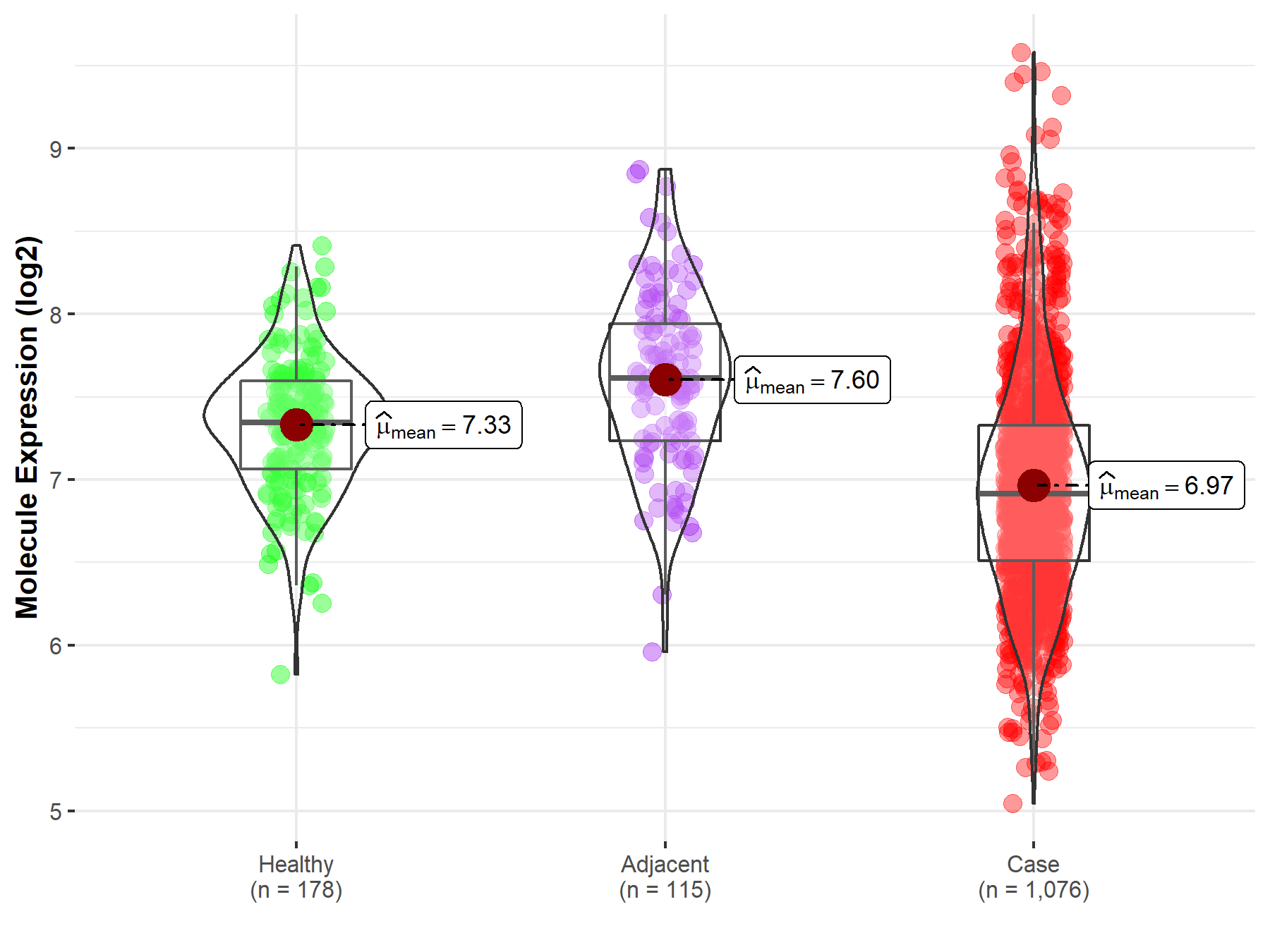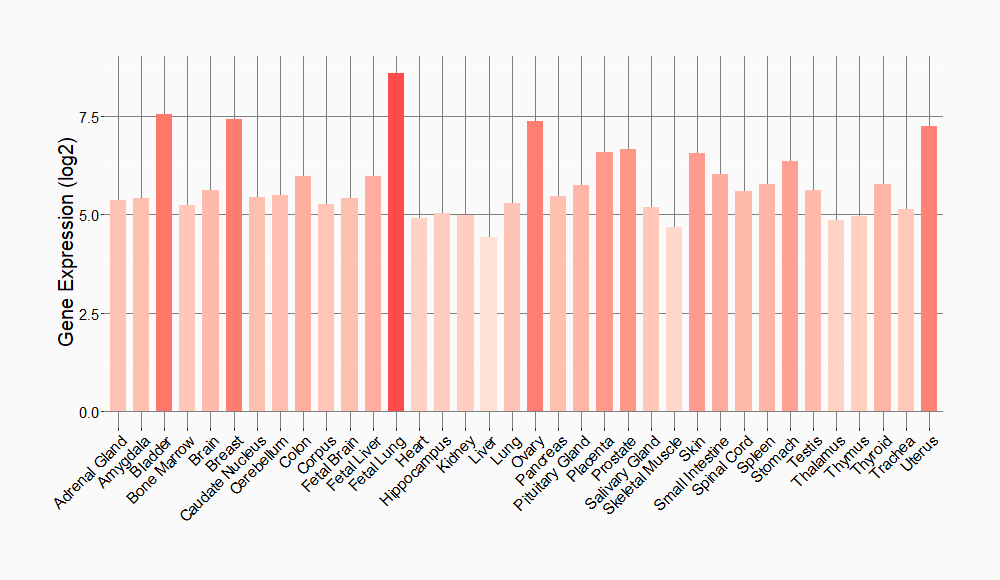Molecule Information
General Information of the Molecule (ID: Mol00217)
| Name |
Adhesion G protein-coupled receptor A2 (ADGRA2)
,Homo sapiens
|
||||
|---|---|---|---|---|---|
| Synonyms |
G-protein coupled receptor 124; Tumor endothelial marker 5; GPR124; KIAA1531; TEM5
Click to Show/Hide
|
||||
| Molecule Type |
Protein
|
||||
| Gene Name |
ADGRA2
|
||||
| Gene ID | |||||
| Location |
chr8:37784191-37844896[+]
|
||||
| Sequence |
MGAGGRRMRGAPARLLLPLLPWLLLLLAPEARGAPGCPLSIRSCKCSGERPKGLSGGVPG
PARRRVVCSGGDLPEPPEPGLLPNGTVTLLLSNNKITGLRNGSFLGLSLLEKLDLRNNII STVQPGAFLGLGELKRLDLSNNRIGCLTSETFQGLPRLLRLNISGNIFSSLQPGVFDELP ALKVVDLGTEFLTCDCHLRWLLPWAQNRSLQLSEHTLCAYPSALHAQALGSLQEAQLCCE GALELHTHHLIPSLRQVVFQGDRLPFQCSASYLGNDTRIRWYHNRAPVEGDEQAGILLAE SLIHDCTFITSELTLSHIGVWASGEWECTVSMAQGNASKKVEIVVLETSASYCPAERVAN NRGDFRWPRTLAGITAYQSCLQYPFTSVPLGGGAPGTRASRRCDRAGRWEPGDYSHCLYT NDITRVLYTFVLMPINASNALTLAHQLRVYTAEAASFSDMMDVVYVAQMIQKFLGYVDQI KELVEVMVDMASNLMLVDEHLLWLAQREDKACSRIVGALERIGGAALSPHAQHISVNARN VALEAYLIKPHSYVGLTCTAFQRREGGVPGTRPGSPGQNPPPEPEPPADQQLRFRCTTGR PNVSLSSFHIKNSVALASIQLPPSLFSSLPAALAPPVPPDCTLQLLVFRNGRLFHSHSNT SRPGAAGPGKRRGVATPVIFAGTSGCGVGNLTEPVAVSLRHWAEGAEPVAAWWSQEGPGE AGGWTSEGCQLRSSQPNVSALHCQHLGNVAVLMELSAFPREVGGAGAGLHPVVYPCTALL LLCLFATIITYILNHSSIRVSRKGWHMLLNLCFHIAMTSAVFAGGITLTNYQMVCQAVGI TLHYSSLSTLLWMGVKARVLHKELTWRAPPPQEGDPALPTPSPMLRFYLIAGGIPLIICG ITAAVNIHNYRDHSPYCWLVWRPSLGAFYIPVALILLITWIYFLCAGLRLRGPLAQNPKA GNSRASLEAGEELRGSTRLRGSGPLLSDSGSLLATGSARVGTPGPPEDGDSLYSPGVQLG ALVTTHFLYLAMWACGALAVSQRWLPRVVCSCLYGVAASALGLFVFTHHCARRRDVRASW RACCPPASPAAPHAPPRALPAAAEDGSPVFGEGPPSLKSSPSGSSGHPLALGPCKLTNLQ LAQSQVCEAGAAAGGEGEPEPAGTRGNLAHRHPNNVHHGRRAHKSRAKGHRAGEACGKNR LKALRGGAAGALELLSSESGSLHNSPTDSYLGSSRNSPGAGLQLEGEPMLTPSEGSDTSA APLSEAGRAGQRRSASRDSLKGGGALEKESHRRSYPLNAASLNGAPKGGKYDDVTLMGAE VASGGCMKTGLWKSETTV Click to Show/Hide
|
||||
| Function |
Endothelial receptor which functions together with RECK to enable brain endothelial cells to selectively respond to Wnt7 signals (WNT7A or WNT7B). Plays a key role in Wnt7-specific responses, such as endothelial cell sprouting and migration in the forebrain and neural tube, and establishment of the blood-brain barrier. Acts as a Wnt7-specific coactivator of canonical Wnt signaling: required to deliver RECK-bound Wnt7 to frizzled by assembling a higher-order RECK-ADGRA2-Fzd-LRP5-LRP6 complex. ADGRA2-tethering function does not rely on its G-protein coupled receptor (GPCR) structure but instead on its combined capacity to interact with RECK extracellularly and recruit the Dishevelled scaffolding protein intracellularly. Binds to the glycosaminoglycans heparin, heparin sulfate, chondroitin sulfate and dermatan sulfate.
Click to Show/Hide
|
||||
| Uniprot ID | |||||
| Ensembl ID | |||||
| HGNC ID | |||||
| Click to Show/Hide the Complete Species Lineage | |||||
Type(s) of Resistant Mechanism of This Molecule
Drug Resistance Data Categorized by Drug
Approved Drug(s)
1 drug(s) in total
| Drug Sensitivity Data Categorized by Their Corresponding Mechanisms | ||||
|
|
||||
| Disease Class: Non-small cell lung cancer | [1] | |||
| Sensitive Disease | Non-small cell lung cancer [ICD-11: 2C25.Y] | |||
| Sensitive Drug | Gefitinib | |||
| Molecule Alteration | Expression | Down-regulation |
||
| Experimental Note | Identified from the Human Clinical Data | |||
| In Vitro Model | PC9 cells | Lung | Homo sapiens (Human) | CVCL_B260 |
| Experiment for Molecule Alteration |
Western blotting analysis | |||
| Experiment for Drug Resistance |
MTS assay | |||
| Mechanism Description | There is an inverse correlation between the expression of miR-138-5p and GPR124 in lung adenocarcinoma specimens. Down-regulation of miR-138-5p contributes to gefitinib resistance and that restoration of miR-138-5p or inhibition GPR124 might serve as potential therapeutic approach for overcoming NSCLC gefitinib resistance. | |||
Disease- and Tissue-specific Abundances of This Molecule
ICD Disease Classification 02

| Differential expression of molecule in resistant diseases | ||
| The Studied Tissue | Lung | |
| The Specified Disease | Lung cancer | |
| The Expression Level of Disease Section Compare with the Healthy Individual Tissue | p-value: 2.93E-20; Fold-change: -4.27E-01; Z-score: -1.04E+00 | |
| The Expression Level of Disease Section Compare with the Adjacent Tissue | p-value: 8.67E-24; Fold-change: -6.97E-01; Z-score: -1.32E+00 | |
|
Molecule expression in the normal tissue adjacent to the diseased tissue of patients
Molecule expression in the diseased tissue of patients
Molecule expression in the normal tissue of healthy individuals
|
||
| Disease-specific Molecule Abundances |

|
Click to View the Clearer Original Diagram |
Tissue-specific Molecule Abundances in Healthy Individuals


|
||
References
If you find any error in data or bug in web service, please kindly report it to Dr. Sun and Dr. Zhang.
